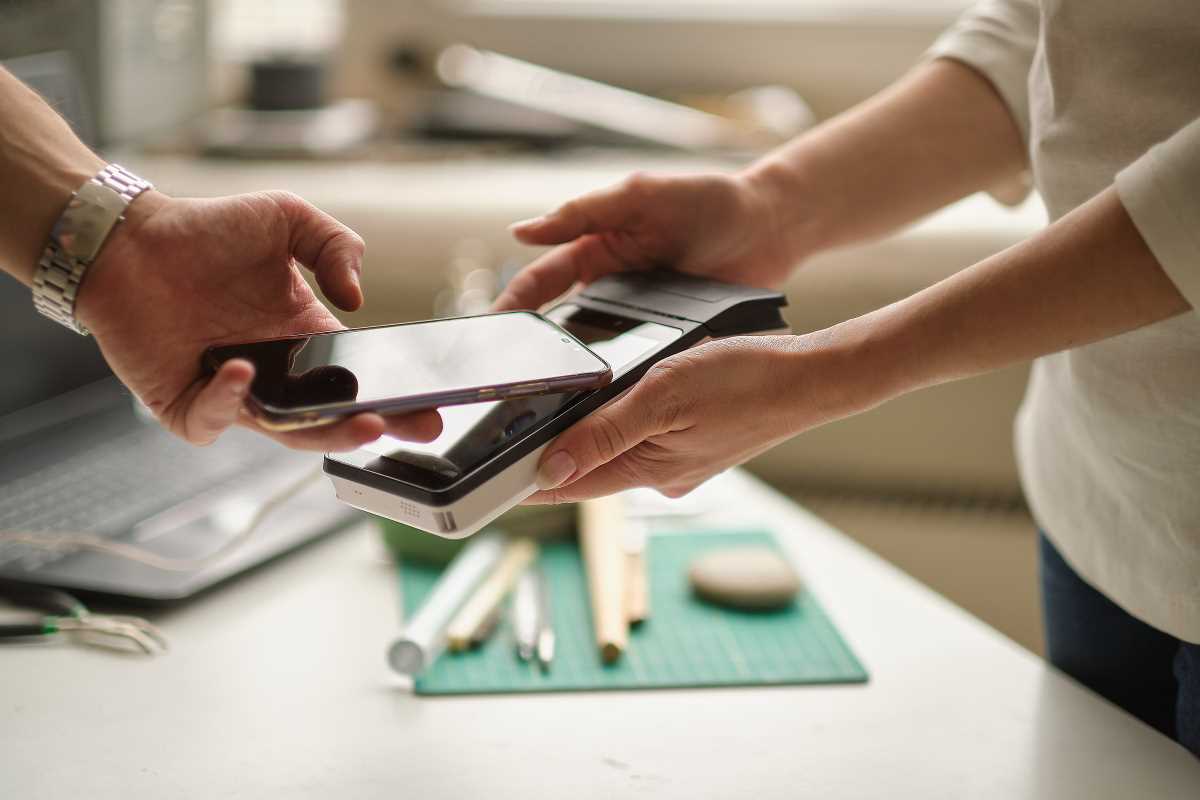Buying something online should feel as simple as tossing an item into your cart at a store, but many businesses are still missing the mark. We’ve all experienced it, that endless checkout page asking for account creation, shipping info, and a blood sample (okay, not quite, but it feels that way). Enter frictionless payment systems, the unsung heroes of remote commerce.
These systems are here to make transactions smooth, speedy, and efficient, ensuring your customers click “buy” happily instead of abandoning their carts in frustration.
What Makes Payments Frictionless
A frictionless payment system is one that eliminates all the bumps, roadblocks, and “ugh” moments of online purchasing. It’s about making the payment process seamless, whether your customers are buying from their phones while standing in line for coffee or from their laptops during yet another Zoom meeting.
These systems focus on speed and simplicity. Features like one-click buying, stored payment information, biometric authentication, and digital wallets are hallmarks of a frictionless payment experience. The goal is to make transactions so easy that customers barely notice the process. No extra steps, no repeated forms, and no angry screaming at CAPTCHA challenges.
Amazon is the poster child for this approach. Their one-click purchasing feature practically invented frictionless shopping. Need a bag of cat litter? Click. A pair of socks? Click. Before you know it, your package is arriving the next day, and you don’t even remember making the purchase. Other companies, like Uber and Apple Pay, are also pioneers in crafting payment systems that feel invisible yet effective.
But what makes these systems truly revolutionary isn’t just the convenience. It’s the understanding that people value their time and expect technology to help them save it. A frictionless payment system respects that, paving the way for higher conversion rates, happier customers, and a level of loyalty that every business craves.
The Benefits of Frictionless Payments in Remote Commerce
Remote commerce thrives on convenience. From shopping in your pajamas to comparing prices with just a few taps, customers love the freedom of online shopping. But the last thing they want is to hit a wall during checkout. This is where frictionless payments shine.
First, these systems dramatically reduce cart abandonment. Studies show that complicated checkouts are one of the biggest reasons customers don’t complete their purchases. Imagine this scenario: a shopper spends 30 minutes picking out the perfect items, only to hit a checkout process that takes another 15 minutes. Odds are, their excitement fades and so does their willingness to buy. Frictionless payments fix that by speeding up the process and keeping the momentum going.
They also boost customer loyalty. When shoppers have a positive experience, they’re far more likely to return. Think of it this way, if your favorite coffee shop always had a convoluted payment process, you’d probably find a new one. The same logic applies here. A streamlined, efficient payment process keeps customers coming back for more.
Another major perk is higher conversion rates. By eliminating unnecessary steps and barriers, businesses make it easier for buyers to complete purchases. Every second of added friction increases the likelihood of customers bolting, and no one wants that.
Frictionless payments also allow businesses to expand globally. Features like multicurrency support and localized payment options ensure customers everywhere can pay in ways that make sense for them. Whether it’s a shopper in Tokyo using PayPay or someone in Amsterdam opting for iDEAL, accommodating these preferences means tapping into a wider market.
Lastly, these systems help reduce errors. Nobody likes discovering they’ve accidentally been double-charged, or worse, that their payment didn’t go through at all. Automated and simplified processes minimize human error and technical hiccups, creating a more trustworthy transaction environment.
Implementing Frictionless Payment Systems
Creating a frictionless payment experience isn’t as simple as snapping your fingers. It takes strategy, the right tech, and a genuine commitment to improving the customer experience. But don’t worry; it’s easier than it might sound, and the payoff is well worth it.
To start, businesses need to choose a reliable payment gateway. Think of this as the engine that powers your whole system. The best gateways offer fast and secure transactions, support for multiple payment methods, and easy integration with your website or app. Popular options include Stripe, PayPal, and Square.
Next, it’s all about optimization. Every click, field, and page in your checkout process should serve a purpose. Eliminate any steps that aren’t absolutely necessary. Do you really need someone’s full address if all they’re buying is a digital download? Probably not. Offer guest checkout options and make sure your forms automatically populate saved payment details for returning customers.
Digital wallets are another must-have. From Google Pay and Apple Pay to Venmo and PayPal, these options cater to customers who want quick, secure transactions without fumbling to find their credit cards. For mobile-first customers especially, digital wallets are a game-changer.
Security should also be top of mind. After all, customers won’t care how fast or easy your payment process is if they’re worried about fraud. Tools like tokenization, encryptions, and two-factor authentication can safeguard customer information without creating extra steps for them.
Finally, test and refine continuously. A frictionless experience today might not feel so seamless tomorrow, especially as customer expectations and technology evolve. Regularly review analytics, gather feedback, and stay ahead of the curve to ensure your system remains effective.
Why Frictionless Payments Are the Future
Remote commerce isn’t slowing down. If anything, it’s accelerating, with more customers than ever opting for online shopping across industries. This means the bar for convenience is continuously being raised. Businesses that fail to adapt risk falling behind, while those that invest in frictionless payment systems set themselves up as leaders.
The beauty of these systems lies in their versatility. From large multinational brands to small boutique shops, frictionless payments are universally beneficial. They enhance customer satisfaction, streamline operations, and create a distinct competitive edge.
But beyond the business case, there’s a bigger truth at play. People don’t just want convenience; they expect it. Whether they’re buying groceries, paying for a subscription, or ordering a last-minute gift, seamless transactions are no longer a luxury; they’re the norm.
The future of remote commerce doesn’t just belong to the brands with the best products or the flashiest ads. It belongs to those who make the customer experience so easy and enjoyable that coming back for more feels like second nature. Investing in frictionless payment systems is how today’s businesses become tomorrow’s favorites.






